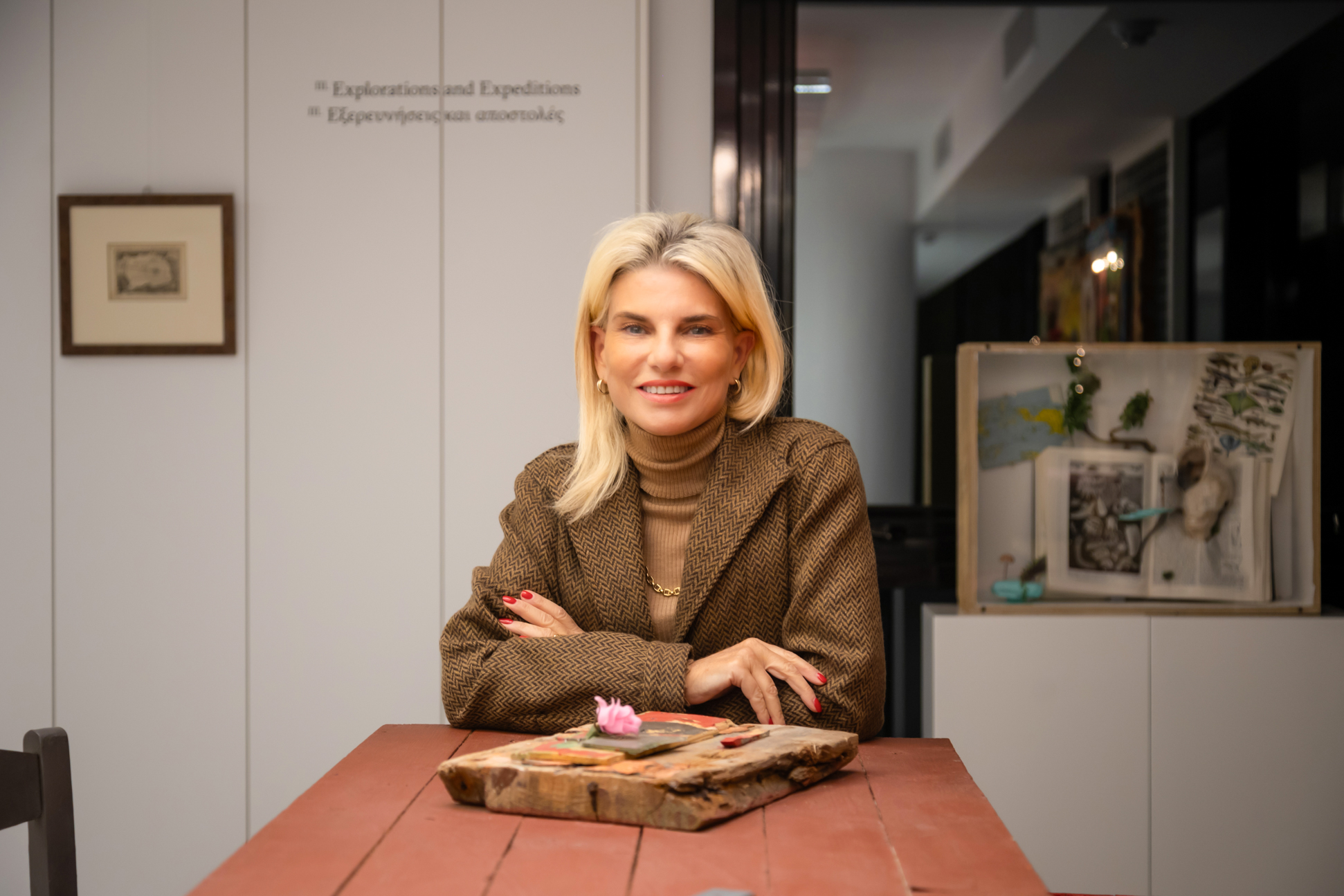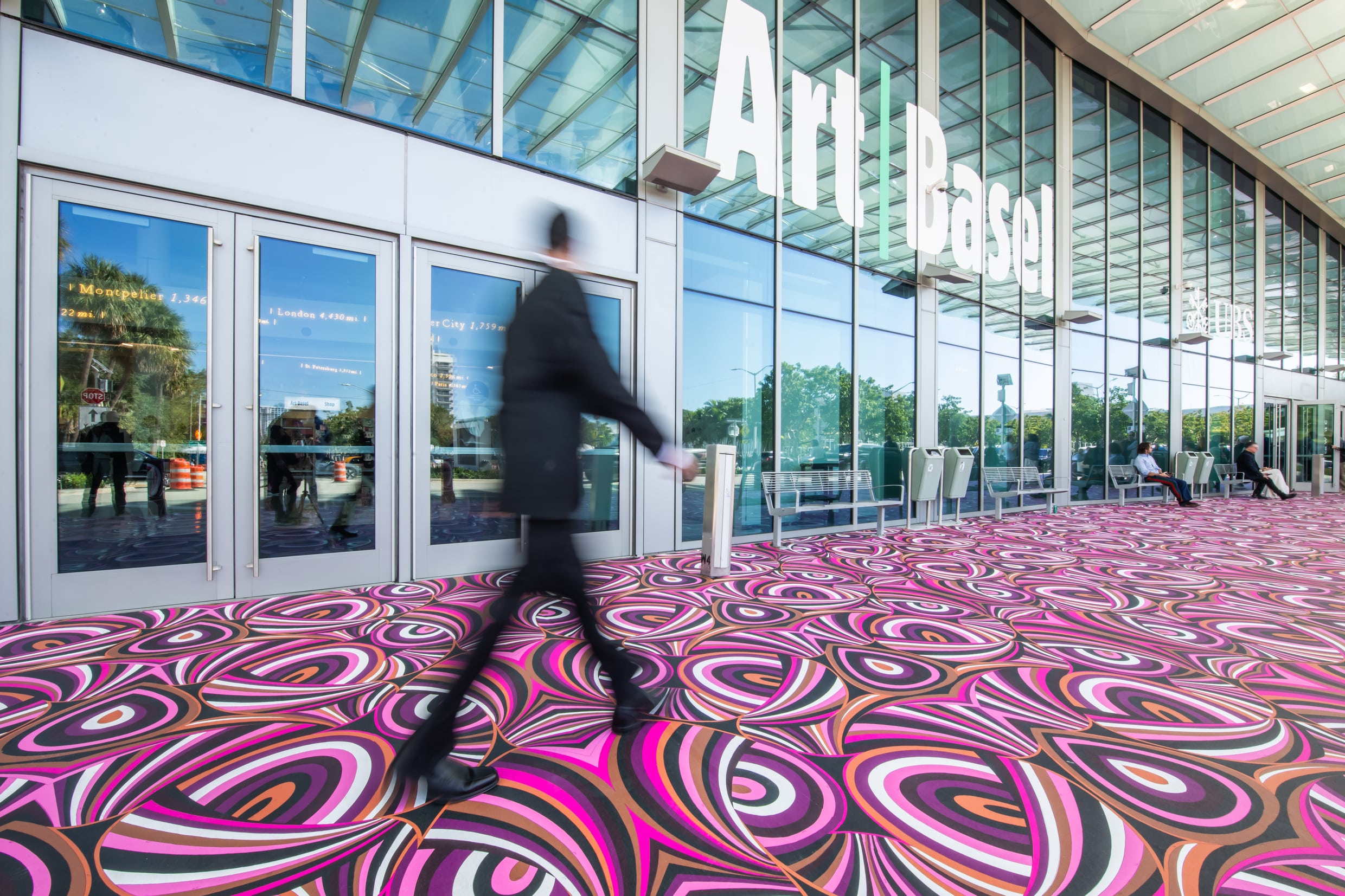At a time when the art world chases spectacle, some pursue a more discreet—and far more meaningful—collecting mission. ARTCOLLECTORNEWS spoke with Irene Y. Panagopoulos, the vision behind the IYP Collection, as she opens her new public space.
Year of the Rabbit | Part 2 : The Twilight Zone
"Every once in a while, a movement comes along that completely throws us off and reminds us how visceral art is."

Every once in a while, a movement comes along that completely throws us off and reminds us how visceral art is.
How can you see the future with tears in your eyes?
The collective trauma we've experienced - and are experiencing - alludes to the likely trend to evolve. Figuration is the popular kid at the School of Contemporary Art for Art Addicts - bodies are everywhere. Identity politics underpins this. It's readdressing imbalances and reflecting displacement. Artists communicate identity experiences by interrogating social perceptions and critiquing systemic issues that marginalise people in society. Women, people with disabilities, refugees, and people of color have been at the forefront of curatorial practices, profoundly contributing to minority groups. Given recent events, figuration has had its moment.
The Twilight Zone.
Mimesis is the imaginative interpretation and representation of the real world - exactly what we've seen with this abundance of figurative art. What negates the mimesis of figurative art? Abstraction. If you look at art history and go back to periods when art has been prominent, art that follows is the opposite response to its motive. So, the contrary movement to figurative art is abstract art. Edging into a new era, we will see the birth of a movement that takes psychology to new heights, depicting love, poverty, war, hatred, injustice, and sickness. However, we're in a space between both dimensions of these movements - the twilight zone - where the boundaries are in artists' imaginations.


Abstraction is antithetical to figuration.
Contemporary abstract artists will begin to counter figurative painters. Art history tells us that movements that follow one another are often opposite in message and aesthetic. The theatrics of Baroque art led to the light-heartedness of the Roccoco movement. Modern art's conciseness was followed by postmodernism's hyperreality, completely disrupting its trajectory. Post-modern art was multifaceted and focused on the distinction between high and low art; hence, pop art was born to highlight these contrasts. Pop art was a first-time discovery. It fundamentally changed the definition and meaning of art. It commented on everything that had come before it. In line with being part of a postmodernist movement, it ultimately rejected and undermined the modernist movement and made art accessible to the masses. It was an antithesis in art commenting on life during those times —a formal, stylistic, and aesthetically driven practice followed by a provocative, Avant-garde, and revolutionary movement.


Abstraction reflects experience.
No one knows what they're doing until they're doing it. Abstract art is about removing yourself and creating something non-objective and expressive. The composition comes out of you when you are making it. It's spontaneous and intuitive. You don't need to approach this with a purpose, an image, or something in mind. You find it in the process. It's stationary and immobile, yet it changes for you every time you see it. You don't need a theory to appreciate it.
Dadaism was born amid the first world war to highlight the accurate perceptions of war - violence, brutality, and the loss of human life. Though not a visually abstract outcome, it allowed for freedom of thought under abstract principles. Abstract expressionism emerged after the second world war. During this time, expressionism was the only freedom that enabled artists to be expressive. They could liberate themselves from the need for an object or particular outcome.
Now that we're in the twilight zone, we can anticipate seeing art that will stun the world and disrupt art history. Visionaries will make themselves seen in more radical ways than ever.


Art is visceral.
Every once in a while, a movement comes along that completely throws us off and reminds us how visceral art is. Along will come a work of art that changes what art is. Art history has evolved to help us understand life. Every artistic practice reflects cultural, political, and social contexts, especially when considered with other art. The power of art is its ability to change things incrementally and monumentally. We can anticipate seeing abstract art through a compassionate lens. We'll see artists take what's inside and put it on the outside without changing what the inside looks like. What you see on the surface is what you are.

I pray to the rabbits guiding us this year that on the other side of the twilight zone is a movement that takes us to the wildest place we're yet to know - wonderland. Or, as Alice would say after her stint down the rabbit hole, a place of wonder, mystery, and danger like no place on earth.
By Amalia Mitsopoulos
Amalia is an art consultant, writer and designer. Uniquely poised between art, design and a wild imagination, Amalia reimagines how we look and think about art.
Instagram: @amalia.artconsulting
email: amalia@amaliaartconsulting.com
Máret Ánne Sara’s Goavve-Geabbil transforms Tate Modern into a living landscape of hides, bone, sound, and spirit. Rooted in Sámi cosmology, the installation marks a powerful return of shamanic presence in contemporary art—an immersive call to reconnect with land, ancestors, and the unseen.
Miami Beach is about to trade in its sunscreen for art, ambition, and audacity, as Art Basel 2025 takes over the city in a whirlwind of color, ideas, and unapologetic creativity. From Havana to São Paulo, New York to Kyiv, 283 galleries are landing in the Sunshine State, bringing a global parade of Modern masters, postwar icons, and daring emerging voices. This year, the fair is shining a spotlight on Latinx, Indigenous, and diasporic artists—because if Miami is the crossroads of the Americas, Art Basel is the crossroads of ideas. Get ready for a week where the beach vibes meet bold statements, and the cocktail of culture is curated with intellectual rigor.


-min.jpeg)
